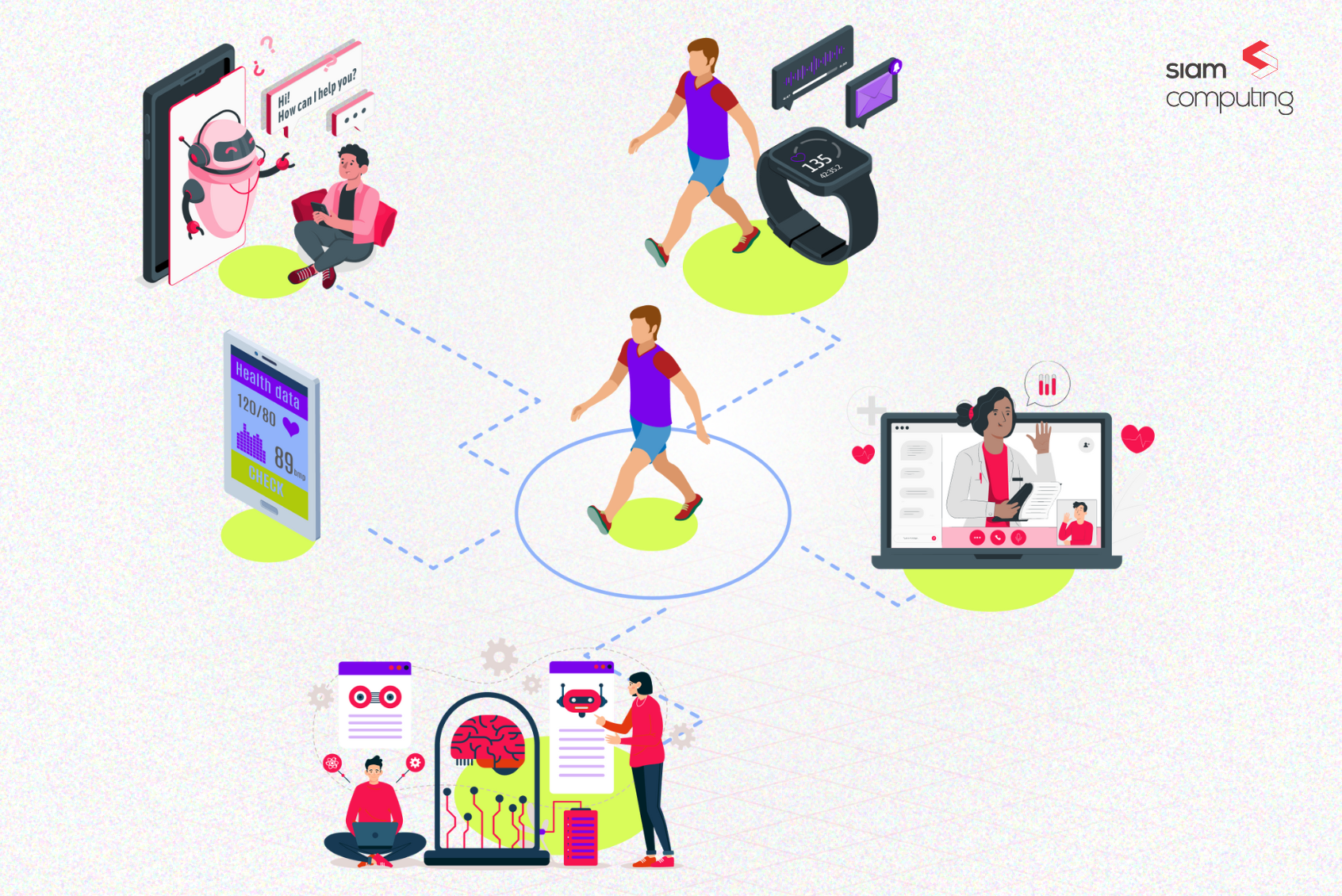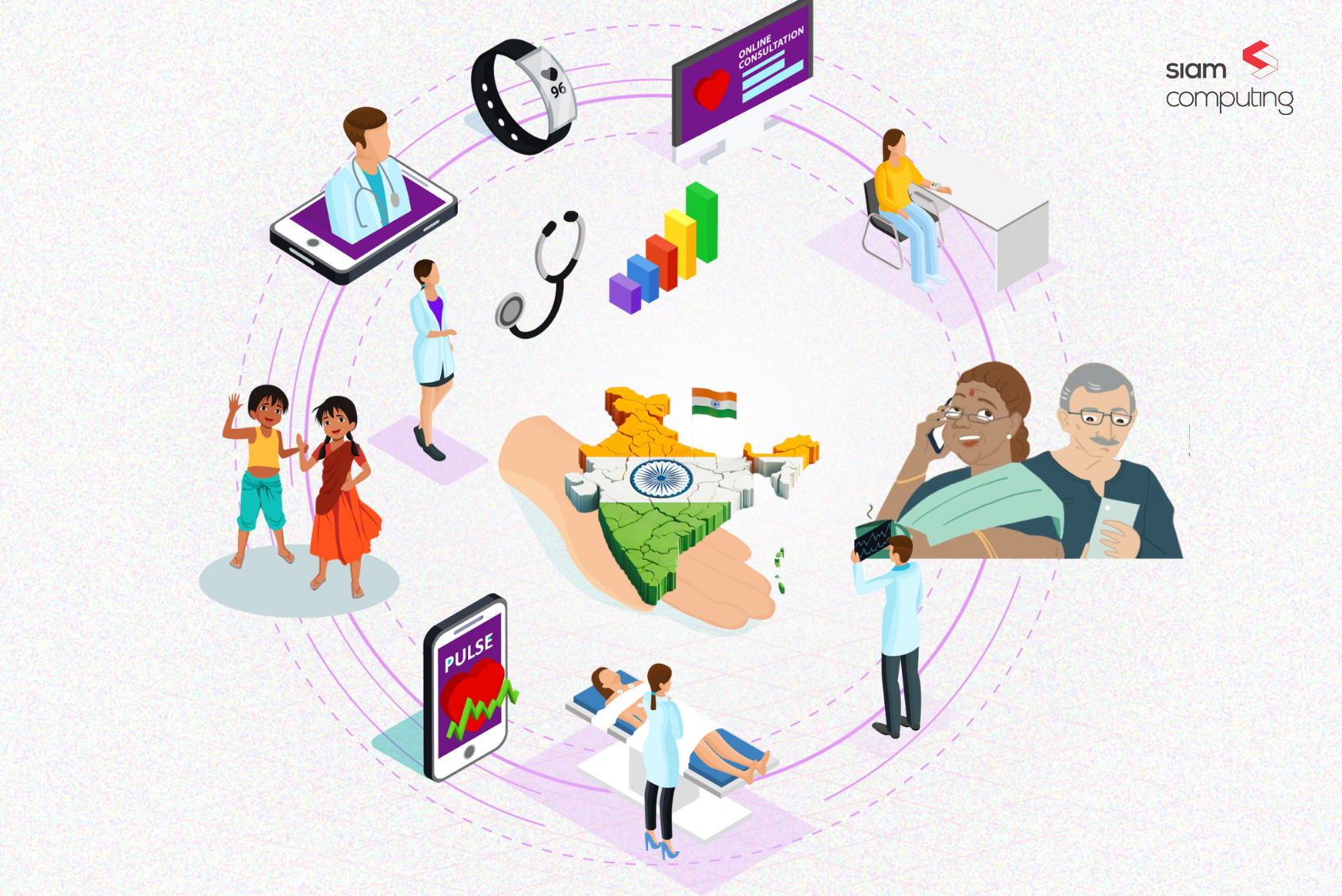As an SMB, you can’t afford to lose the opportunities you could cover with a mobile app. A study has found out that 20% of SMBs have a mobile app and are planning to launch them in the coming months. When we look at the statistics, they convey an interesting business story as follows:
- 85% of consumers prefer native mobile apps over a mobile website.
- Mobile apps account for over half of all time spent consuming digital media.
- Revenue from mobile apps reached $111 billion revenue in 2020, a 24% YoY increase.
- Mobile apps account for 42% of all mobile sales for Fortune 500 companies.
- Smartphone users spend about 90% of their mobile time on apps.
- The average consumer has about 30 apps installed on his device and spends about 3 hours and 10 minutes each day using their device.
In this mobile app development guide, let’s look at the various stages and phases that help in building and launching an app to the app stores for the end-user.
Identifying Mobile App Goals and Objectives
This is the first and foremost step in your mobile app development process. As soon as you have an app idea that helps you with your marketing objectives, you need to analyze how your app would get you there.
- What problem(s) will your app solve for the TG?
- What features will it unpack?
- What is your app’s core solution?
Oftentimes, finalizing your app’s features and benefits helps you balance between your mobile app development cost and your team’s niche. Also, on the other hand, you must prioritize app design and customer engagement over functionality and exclusive services.
Wireframes and Storyboards
During this stage, you will have a fair knowledge about how your app idea is turning out to be and what features are included. Also, you must have developed a scope of work that emphasized the tasks to be taken care of by your talent pool and the tasks that are to be outsourced. As you have all this information, you must be looking forward to creating a storyboard.
There are a plethora of wireframing tools at your disposal online with which you can visualize your dream app. So, it is easy for you to put all your ideas together to get a clear picture of how the proposed features work cohesively into a functional app. Also, you have to develop a roadmap to identify how the users navigate through the section that solves their needs.
Defining the Backend of Your Mobile App
When it comes to implementing the core features in your app, your back-end structures play a huge role as they handle databases. Your storyboards come to the rescue and help you implement all the features and leaves you with no stones unturned. With the help of data diagrams, servers, APIs, data integrations, and push notification services, you can boost engagement with TG. Most businesses choose to build their app on a cloud infrastructure to sort out common challenges such as scalability, security, and other issues.
Finalize Your Wireframe and Test Your Prototype
Now, you should be able to make certain changes to your wireframe to accommodate the back-end features in your app. Once you finalize the wireframe of your app, you can move on to building a prototype.
Prototyping is crucial in the mobile app development process as it helps you identify dead links, evaluate your design, get feedback, rectify the flaws in your flow and thus improve the usability of your app. Adobe XD, for instance, is a professional prototyping tool that helps you do wonders.
Developing the App
Before getting an app to the end-users smartphone, there are a lot of processes involved in creating it. If you are not leveraging a BaaS provider or app development platform, it is going to be a long process for your in-house team to set up the backend of your app.
Another crucial part is to create a developer account for the app platforms you intend to distribute them. Also, you need to read through the app store guidelines before mobile app development. This helps you mitigate the chances of your app getting rejected during the review process.
As you gradually enter into the development phase, NDA is very important if you’ve planned to outsource your app development project. Also, you need to figure out a realistic timeline for getting the deliverables. During this stage, your front-end developers will be working on creating the skins of your mobile app.
With high-resolution wireframes, you can visualize the interface of your app with which your users will interact with your app. So, it is highly important to make sure your designs have all the feedback and ideas discussed during the earlier phase. Ultimately, you are creating an app for a TG that would want to love using your app – for which UI/UX is highly important.
Test and Test Again
It’s an exciting phase of app development as you have completed the app concept with graphics and respective content. All you need to do now is to test your app in various real-time use scenarios to identify any flaws in the system.
It is suggested to run through your technical documentation documented before the app development phase. Check whether all the mentioned features are executed seamlessly within the environment. Some features might work very well in the development phase but not in the final product. So, you need to check every feature in the final product.
Preparing for Launch
Your app launch strategy and efforts play a huge role in the success of your app. Also, involving your marketing team in your app launch is crucial. With the help of your marketing team, you can conduct keyword research which is quintessential for ASO and SEO.
With the help of market research and keyword research, you can identify the gap in video marketing and the titles and descriptions for the app. You can use the same title and description across channels, and the screenshots/mockup of your app can also be used as a demo of your app.
Official Release
Official release is where your app marketing efforts start to pay back to you. So, you must fix a realistic date and plan all the marketing efforts to create a buzz around your app. You can do that by publishing write-ups and articles by influencers and journalists. Journalists help you make an announcement about your app to everyone who showed interest in similar product launches. You can also promote on social media profiles with links to your app and thu.
s generate downloads, ratings, and building momentum.
Siam Computing has hands-on experience in creating high-quality mobile apps that deliver a seamless user experience. Businesses love our work because of the in-depth market and competitor research with which we help enhance the user experience of the app idea. For more information, you can contact us or send your queries to hello@siamcomputing.com.








